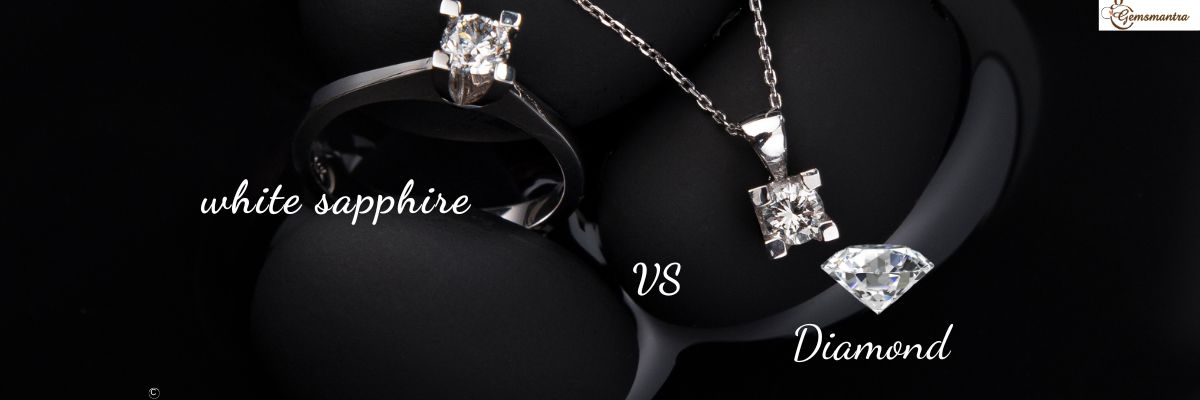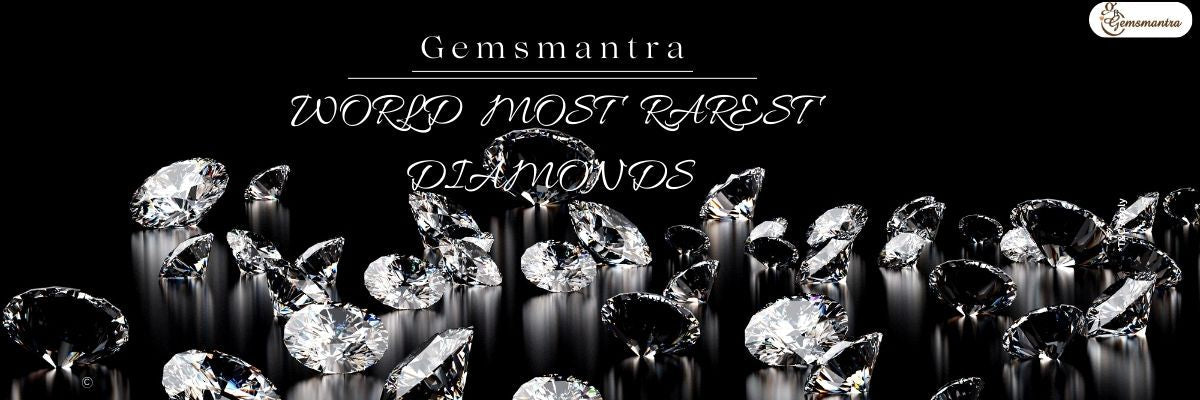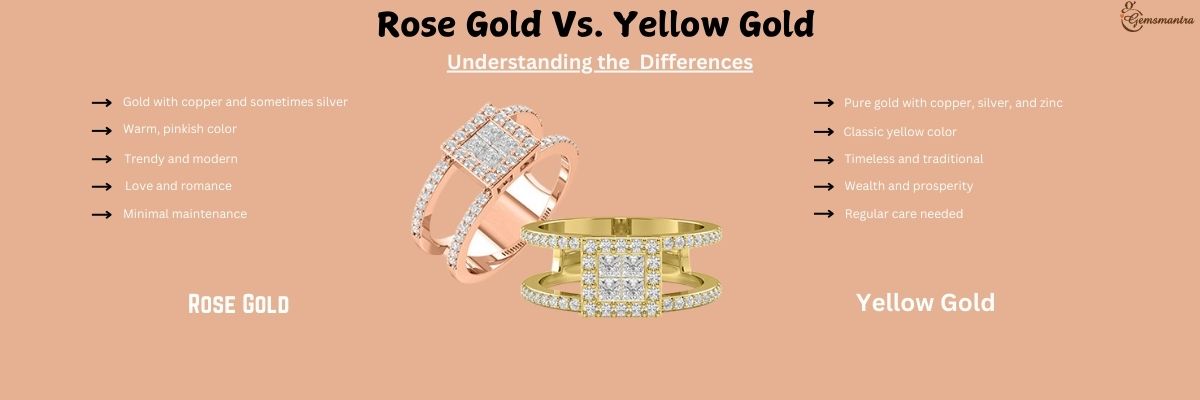
White Sapphire vs Diamond: The Ultimate Guide to Choosing Your Perfect Gemstone
Imagine being in a jewelry store, admiring a showcase filled with beautiful engagement rings. Two of them stand out, their dazzling brilliance drawing you closer. Both are undeniably beautiful, but you reach a crucial decision point—these rings feature two distinct gemstones: white sapphire and diamond. Choosing between them can be confusing, as many ponder the white sapphire vs diamond debate when picking the perfect engagement ring. Although these gems share similar charm, they vary in ways that align with individual preferences and priorities. From brilliance and toughness to meaning and cost, there’s much to weigh before arriving at your choice. If you’re grappling with the same question, you’re not alone—this guide is designed to assist you.
The choice between a white sapphire and a diamond comes down to more than their appearance; it's really about that one gem that would indeed ring with your story and values. Diamonds are iconic in their brilliance and exceptional durability, symbolizing timeless love and luxury—hence a classic choice. On the other hand, white sapphires shine with a softer, more subtle glow and are affordable for anyone who wants to be elegant without compromise. Think about what is meaningful to you. Is it the tradition and sparkle of a diamond, or something a bit more modern with the charm and practicality of a white sapphire? Whatever you're learning, the perfect ring is one that reflects your unique journey and style.
White Sapphire vs. Diamond: A Comprehensive Comparison
The difference between white sapphire and diamond is a big topic to discuss. Here are some points to take care of before buying your engagement ring. Both are beautiful gemstones, but which is better for you will depend on factors such as brilliance, durability, symbolism, and budget. So, let's compare them to help you decide.
1. Origin and Formation
- White Sapphire: White sapphires are natural gemstones from the corundum family. They are found in regions like Sri Lanka and Madagascar. Additionally, lab-created white sapphires offer a sustainable and affordable alternative.
- Diamond: Diamonds form millions of years ago deep within the Earth's mantle under extreme pressure and heat. They consist of pure carbon and are transported to the surface during volcanic eruptions. Significant sources of fine-quality diamonds include the Catoca mine in Angola, Congo mines, and Golconda Diamonds from India. Lab-grown diamonds are also a more eco-friendly, ethical option.
2. Radiance and Flame
- White Sapphire: White sapphires have softer brilliance than diamonds, with a silvery white-gray sparkle. While they reflect light, they lack the fiery sparkle of diamonds and often exhibit a milky or subdued shine. This understated brilliance appeals to those who prefer a subtle and elegant glow.
- Diamond: Diamonds are celebrated for their unmatched brilliance and fire. They showcase a rainbow-colored sparkle with some white mixed in. This dazzling effect is due to their high refractive index and dispersion, making them a preferred choice for those who love a vibrant display of light and color.
3. Color
- White Sapphire: White sapphires are not entirely colorless and may have a faint grayish or milky hue. Lab-grown white sapphires often have a more uniform appearance, mimicking higher-quality diamonds.
- Diamond: Diamonds are graded according to their color range, from D (colorless) to Z (light yellow or brown). Colorless diamonds (D-F grades) are the most desirable and expensive, while near-colorless and faintly tinted diamonds are more budget-friendly.
4. Clarity
- White Sapphire: White sapphires generally have fewer inclusions, especially lab-grown, typically flawless varieties. Natural white sapphires may have minor inclusions but remain eye-clean in most cases.
- Diamond: Diamonds are evaluated for clarity according to the visibility of inclusions or blemishes. Flawless diamonds are rare and expensive, while slightly included (SI) or included (I) grades are more affordable but may show imperfections visible to the naked eye.
5. Durability
- White Sapphire: White sapphires rank nine on the Mohs scale of hardness, making them highly resistant to scratches. However, they are less durable than diamonds and can show signs of wear over time, such as losing their polished surface.
- Diamond: Diamonds are the most complex natural material, achieving a flawless 10 on the Mohs scale. Their cleavage planes make them scratch-resistant, but they can also chip if struck with significant force.
6. Symbolism and Meaning
- White Sapphire: Mystical white sapphire gemstones, also known as Safed Pukhraj, represent strength, power, and protection. They signify clarity, wisdom, and self-mastery and endorse kindness and strong judgment in their wearer. Their modern elegance appeals to those seeking something different yet sophisticated.
- Diamond: Diamonds, or natural heera, symbolize light, life, and purity. They are metaphors for perfection, commitment, and faithfulness and are often believed to bring good fortune. Their timeless value represents eternal love and luxury, making them the classic choice for engagement rings and special occasions.
7. Cost of White Sapphire vs. Diamond
- White Sapphire: White sapphires are much more affordable than diamonds, typically starting at $100 per carat and going up to $600 or more. Premium quality white sapphires from Sri Lanka can fetch up to $1,000 per carat, making them a budget-friendly option for larger stones.
- Diamond: Diamonds are significantly more expensive, starting at around $300 per carat and potentially reaching up to $150,000 per carat, depending on clarity, cut, color, and weight. The cost of a diamond varies significantly based on these factors.
8. Popular in Jewelry
- White Sapphire: White sapphires are rapidly gaining popularity in engagement rings and luxury jewelry due to two main factors: their cost-effectiveness and contemporary charm. They present a stylish, ethical substitute for conventional gemstones.
- Diamonds: Diamonds became the most used gemstone in engagement rings, wedding bands, and fine jewelry. As time passed, their classic look became deeply culturally meaningful.
|
Factor |
White Sapphire |
Diamond |
|
Origin and Formation |
Natural minerals from the corundum family are found in Sri Lanka and Madagascar; lab-created options are available. |
Formed deep within the Earth's mantle under extreme pressure and heat; lab-grown alternatives are available. |
|
Radiance and Flame |
Softer brilliance, milky or subdued shine, subtle glow. Sparkle is silvery white-gray. |
Diamonds are known for their high brilliance and fiery sparkle with rainbow-colored reflections. |
|
Color |
May have a faint grayish or milky hue. Lab-grown varieties tend to be more uniform. |
Graded from D (colorless) to Z (light yellow/brown); colorless diamonds are most valuable. |
|
Clarity |
Generally, fewer inclusions, especially in lab-grown versions, are often eye-clean. |
Evaluated based on inclusions or blemishes, flawless diamonds are rare and expensive. |
|
Durability |
9 on the Mohs scale, highly resistant to scratches but less durable than diamonds. |
10 on the Mohs scale, the most complex natural material, scratch-resistant but may chip under force. |
|
Symbolism and Meaning |
Represents wisdom, clarity, and modern elegance. |
Symbolizes eternal love, strength, and luxury. |
|
Cost |
Significantly more affordable than diamonds, offering a large size for the price of a small diamond. |
Expensive, with pricing based on carat, cut, color, and clarity. |
|
Popular in Jewelry |
Engagement rings and luxury jewelry are gaining popularity as an ethical, cost-effective options. |
Traditional and widely used in engagement rings and fine jewelry, it is culturally significant. |
Conclusion
Selecting between a white sapphire or diamond hinges on your preferences, lifestyle, and financial plan. Diamonds are perfect for those who appreciate the brilliance, symbolism, and strength unparalleled by any other gemstone. At the same time, white sapphires shine best for those who want something elegant, inexpensive, and unique. Whatever the choice, these two gemstones are beautiful and can quite well represent your love and commitment.




